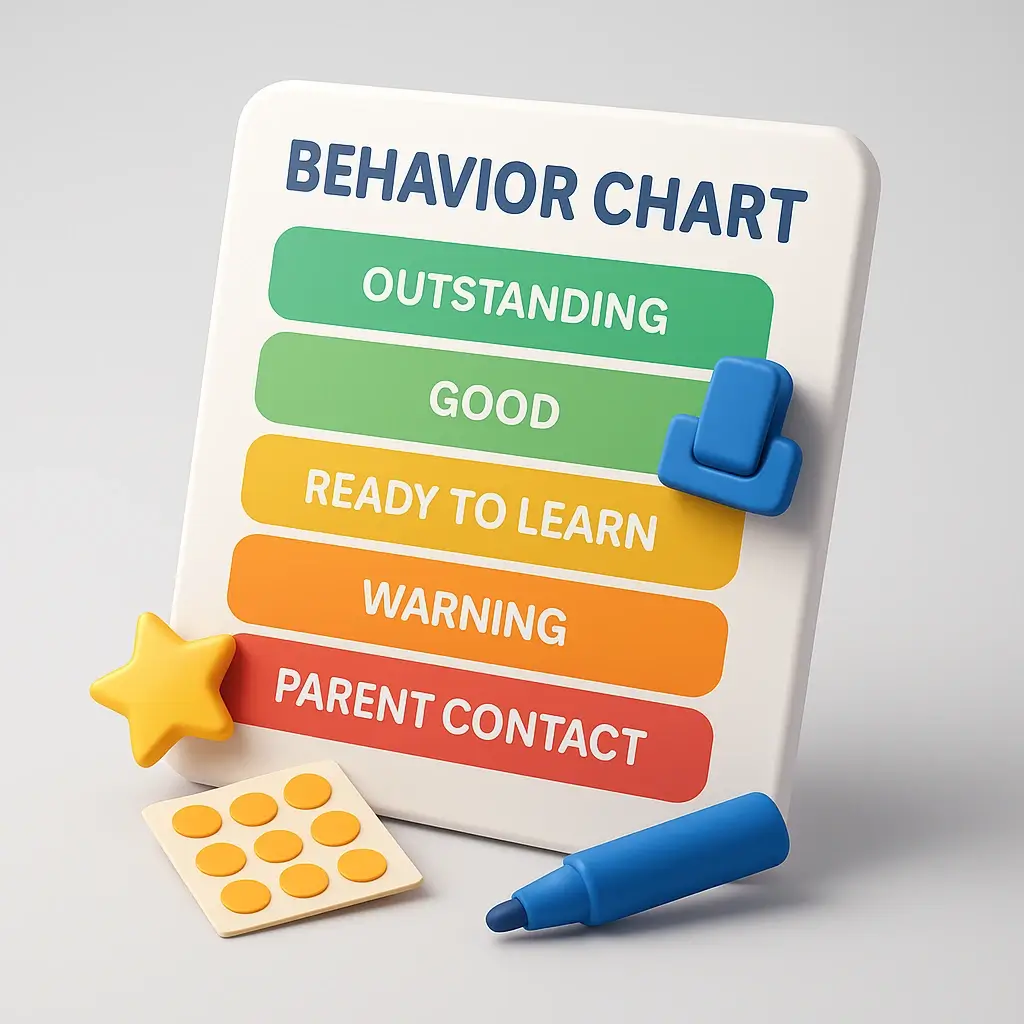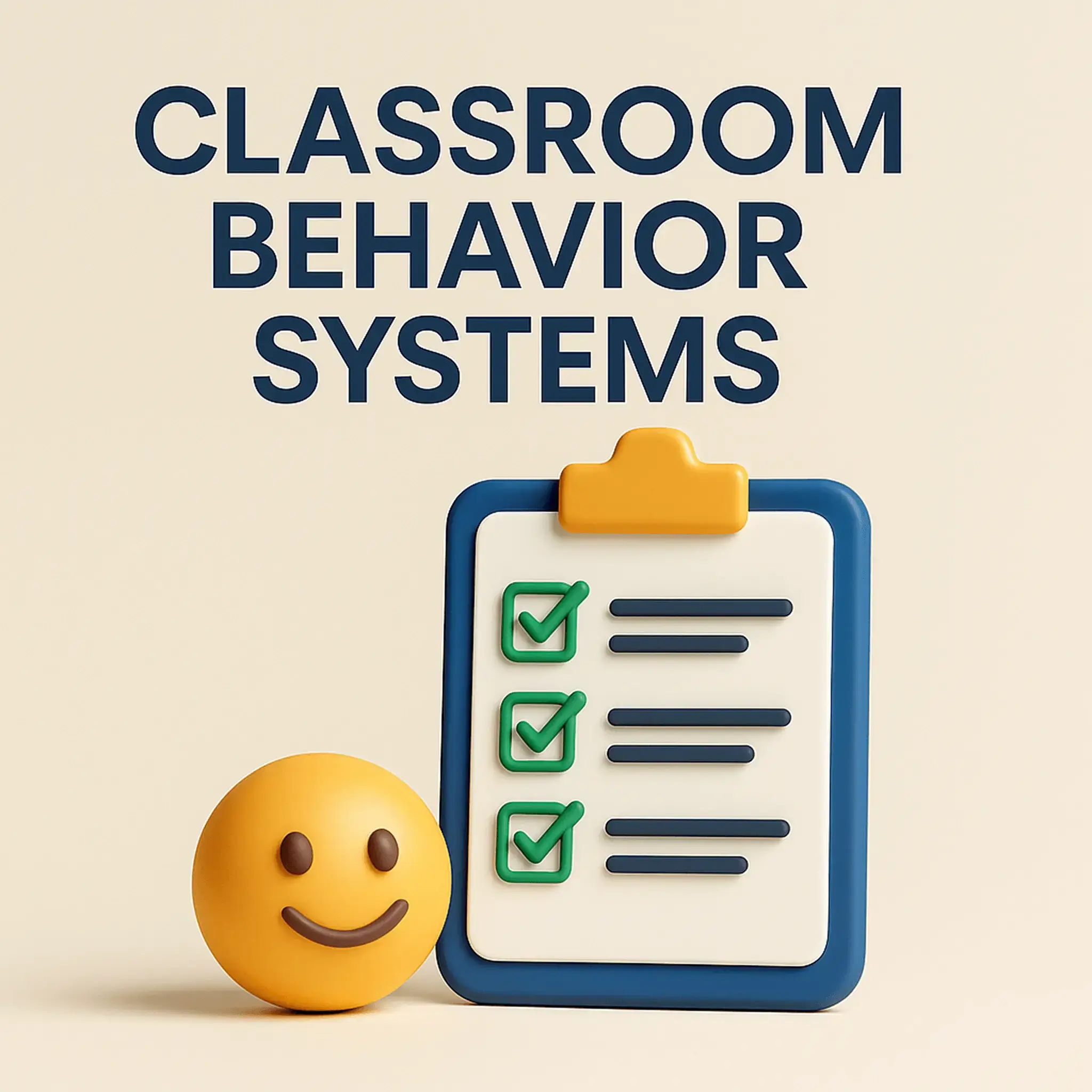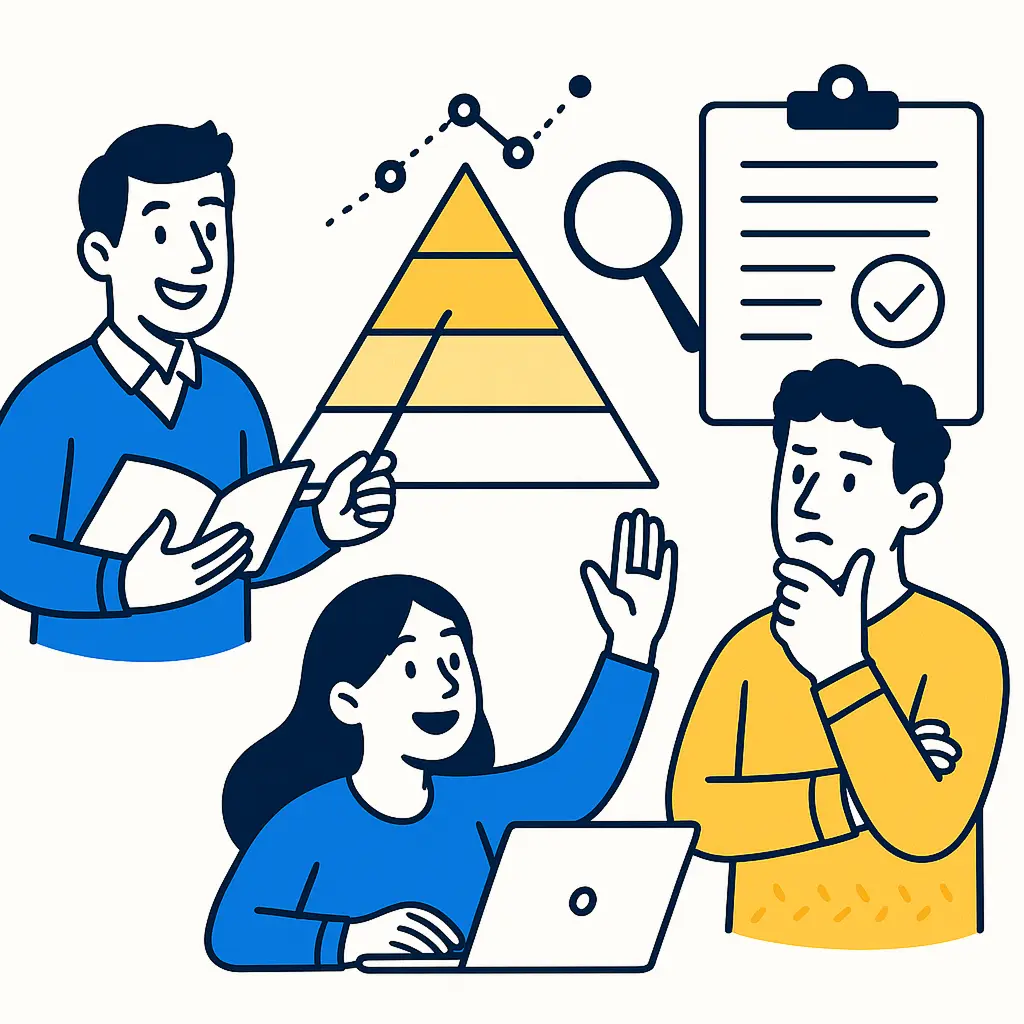Gamification in education transforms traditional learning by incorporating game-like mechanics into classroom activities. It’s not about turning your lessons into video games — it’s about adding interactive elements like points, badges, and challenges to make learning more motivating, personal, and enjoyable.
🎮 What Is Gamification?
Gamification means using game design elements — such as point systems, leaderboards, and achievement badges — in non-game contexts, like classroom instruction. The goal is to increase student engagement, encourage participation, and support learning through interactive and rewarding experiences.
According to the University of San Diego, effective gamification helps students stay motivated and focused when game mechanics are aligned with academic objectives, not just added for fun.
Unlike game-based learning, which uses full games to teach content, gamification layers game mechanics over existing learning activities.
🚀 Key Benefits of Gamification in Education
✅ Increased Engagement
Gamified lessons are more interactive and fun. They turn passive learning into active participation, helping students stay focused and involved.
✅ Higher Motivation
Earning points, badges, and recognition creates a sense of accomplishment and encourages students to progress through learning tasks.
✅ Better Knowledge Retention
Repetitive, interactive tasks reinforce concepts and improve long-term retention.
✅ Instant Feedback
Just like in games, students receive immediate performance feedback, helping them track progress and target areas for improvement.
✅ Collaboration & Communication
Gamified group challenges promote teamwork, shared goals, and peer learning.
✅ Skill Development
Problem-solving, decision-making, and critical thinking are naturally integrated into challenges and quests.
✅ Growth Mindset
By normalizing failure and progress, students become more comfortable taking risks and learning from mistakes.
🎮 Gamification vs. Game-Based Learning
1. Uses full games
- - Gamification: ❌
- - Game-Based Learning: ✅
2. Adds game elements to regular activities
- - Gamification: ✅
- - Game-Based Learning: ❌
3. Example
- - Gamification: Giving points for classwork
- - Game-Based Learning: Using a math game to practice skills
4. Goal
- - Gamification: Motivate and enhance existing lessons
- - Game-Based Learning: Use games to teach concepts directly
🧩 Examples of Gamification in the Classroom
Here are common gamification elements you can integrate into your lessons:
- 🎯 Point Systems: Award points for participation, accuracy, or completed tasks.
- 🏅 Badges and Achievements: Celebrate student milestones and progress with visual rewards.
- 📊 Leaderboards: Rank student or group performance to inspire friendly competition.
- 📈 Leveling Up: Structure tasks in difficulty tiers — students unlock new content as they master concepts.
- 📖 Storytelling: Build narratives around lessons for a more immersive and memorable learning experience.
- 🤝 Team-Based Challenges: Encourage collaboration with cooperative missions and shared objectives.
- 🗺️ Quests and Missions: Frame assignments as challenges or adventures.
- 🔄 Immediate Feedback: Give real-time insight on performance to keep students informed.
- 🎯 Personalized Learning: Tailor content and challenges to individual student pace and style.
⚠️ Challenges of Gamification
Gamification has many benefits, but also some limitations educators should consider:
- Reward Dependence: Students may focus on points, not learning.
- Competition Stress: Leaderboards may increase anxiety for some learners.
- Equity Issues: Not all students may have access to necessary tools or support.
- Engagement Drop-Off: Poorly designed gamification can feel repetitive or superficial over time.
- Design Complexity: Creating effective, meaningful gamified experiences takes planning and time.
✅ How to Successfully Implement Gamification
To make gamification sustainable and effective, follow these classroom-tested strategies:
1. Start Small
Gamify a single activity or lesson before scaling up.
2. Repurpose What You Already Do
Turn existing classroom routines into games — like turning daily warm-ups into a point challenge.
3. Use EdTech Tools
Platforms like Classcraft, Kahoot, or Lekktura.com can simplify gamified lesson design.
4. Balance Competition with Collaboration
Mix solo achievements with team-based tasks to ensure inclusivity and engagement.
5. Offer Choice and Autonomy
Let students choose quests, levels, or customize avatars to increase ownership and investment.
6. Align Game Elements with Learning Goals
Game mechanics should reinforce — not distract from — core learning objectives.
7. Provide Feedback and Progress Tracking
Keep students informed about where they stand and how they can grow.
8. Adapt and Improve Over Time
Collect student feedback and adjust the system to stay fresh and relevant.
FAQ: Gamification in Education
1) What’s the difference between gamification and game-based learning?
Gamification adds game-like elements (such as points, badges, or levels) to regular classroom tasks to boost motivation. Game-based learning, on the other hand, uses full games as the main tool for teaching specific concepts.
2) Does gamification actually improve learning outcomes?
Yes. Gamification often leads to higher student motivation, increased participation, and better knowledge retention — especially when used thoughtfully and consistently.
3) Do I need special technology to use gamification?
Not at all. You can start with simple tools like printed badges, point charts, or spreadsheets. However, platforms like Lekktura make it easier to track points, behavior, and progress automatically.
4) Is gamification suitable for all students?
Generally, yes — but it depends on how it’s implemented. Some students enjoy competition, while others may prefer collaboration. A balanced approach with individual and team-based challenges helps ensure all students feel included.
5) How can I start using gamification in my classroom?
Start small: add a point system, use achievement badges, or turn a regular assignment into a “quest.” Focus on enhancing your existing lessons, and make sure the game elements support your learning goals.
🎓 Final Thoughts
Gamification, when thoughtfully applied, has the power to turn your classroom into a dynamic, student-centered environment. It’s not just about fun — it’s about fostering meaningful learning through motivation, engagement, and feedback.
Whether you're just starting out or looking to enhance your digital classroom experience, gamification is a powerful tool for modern educators.




